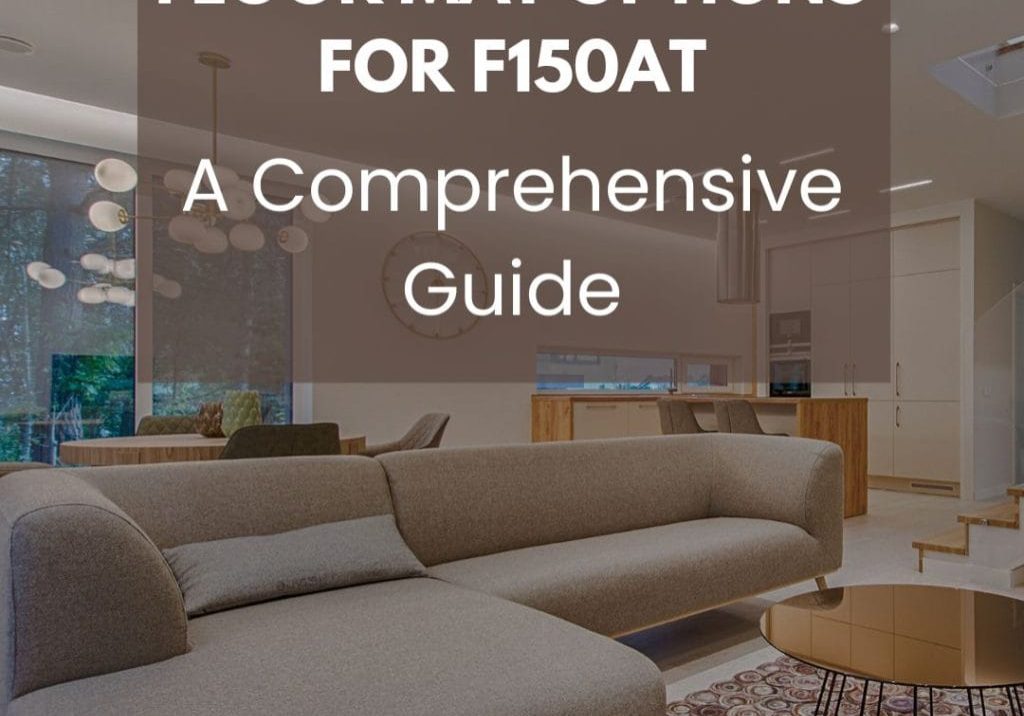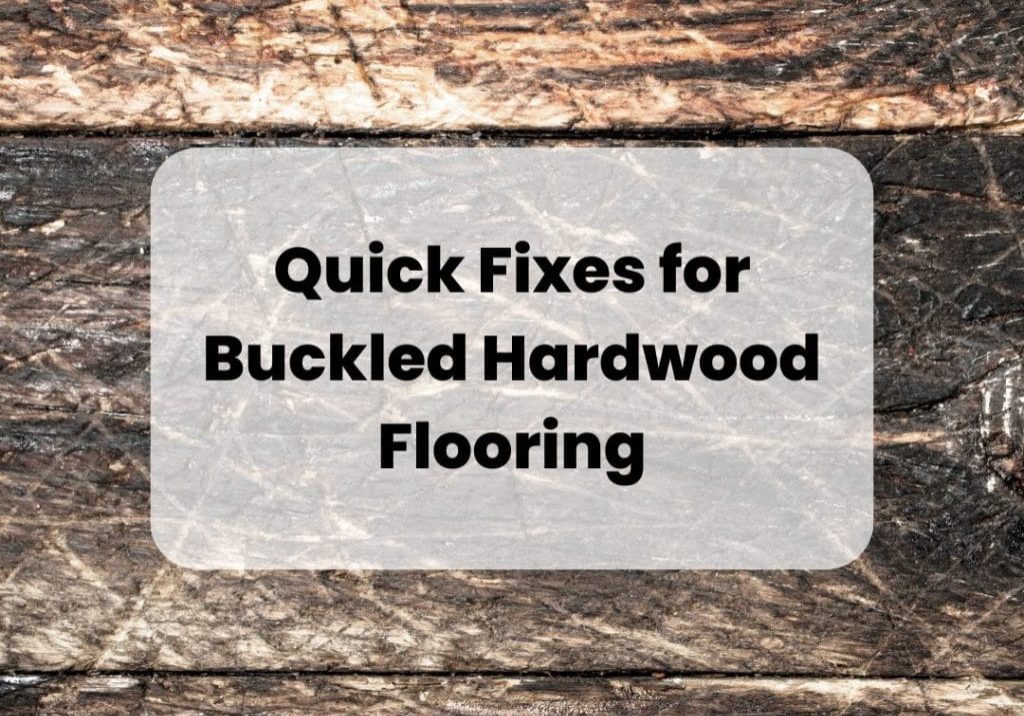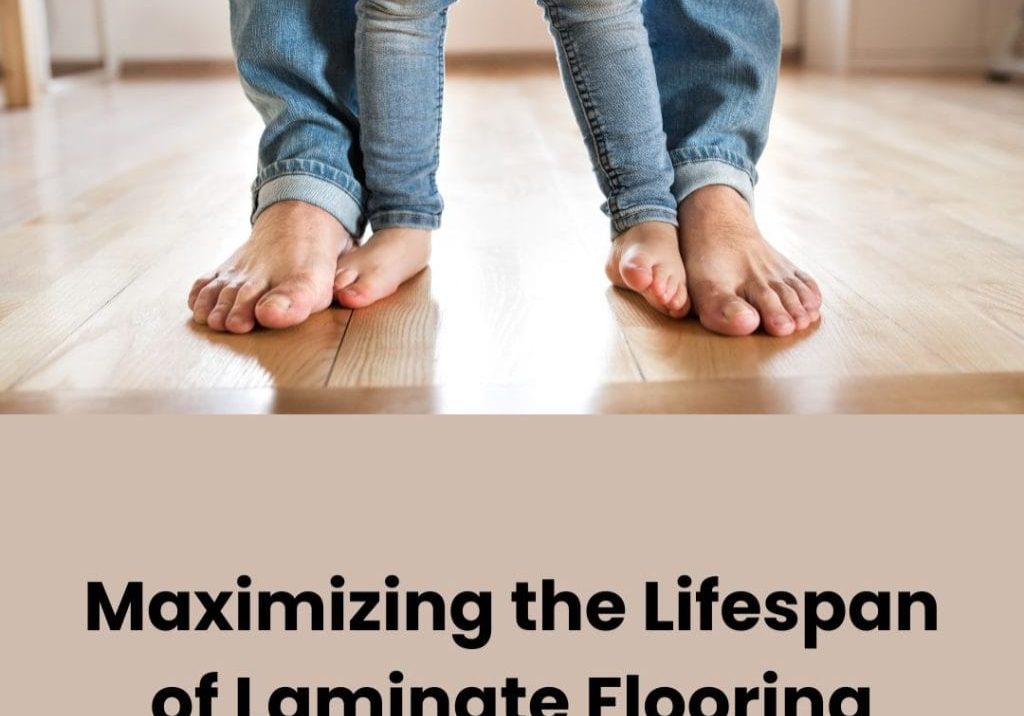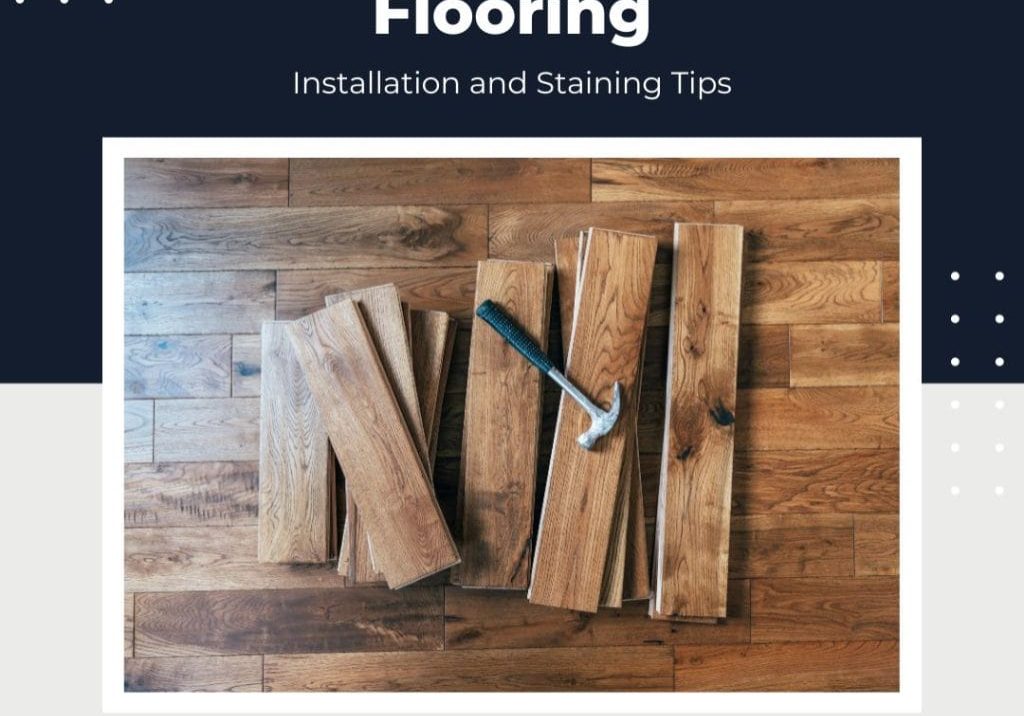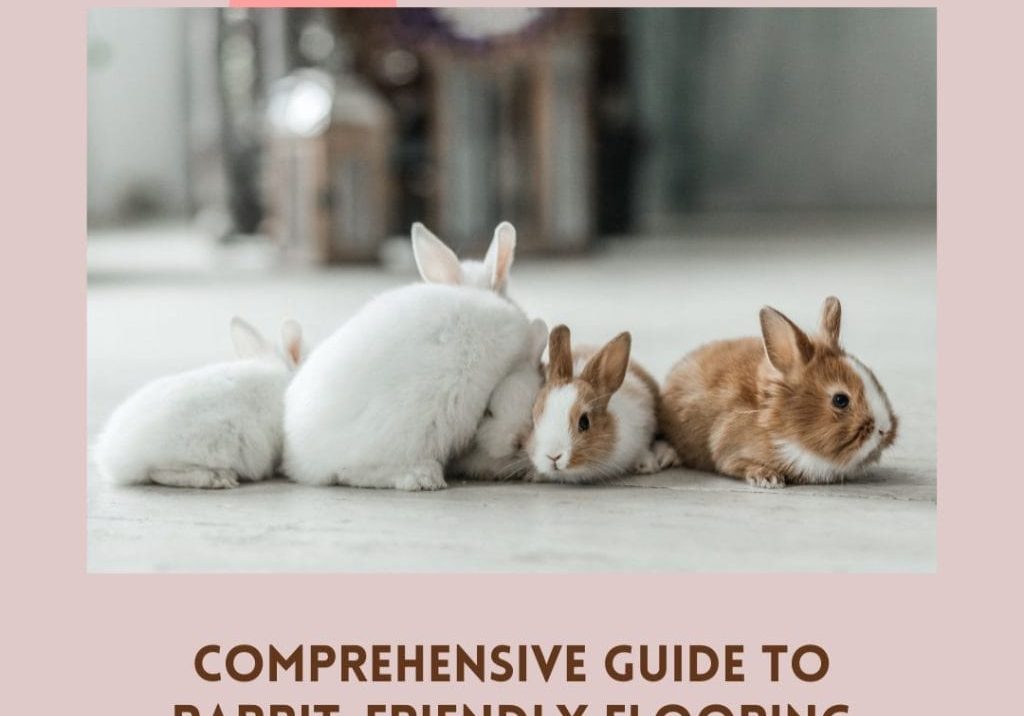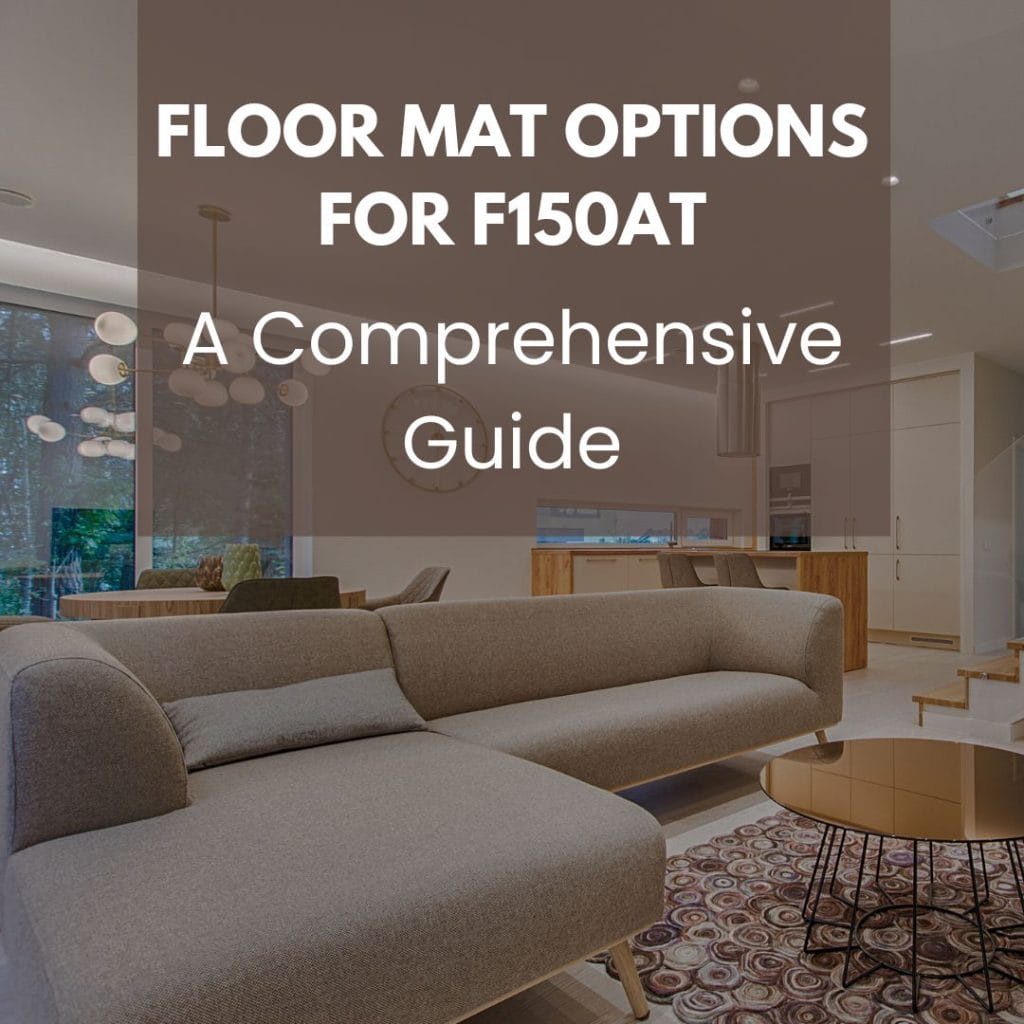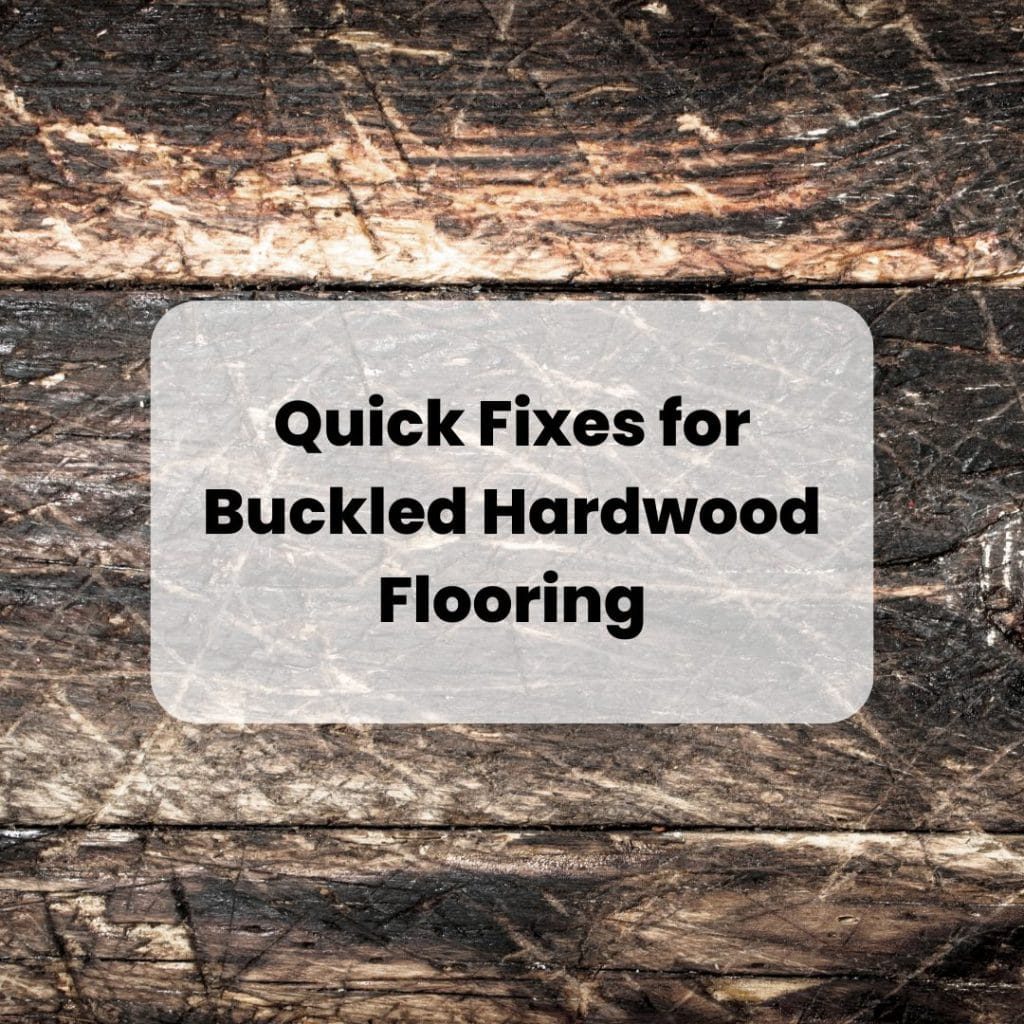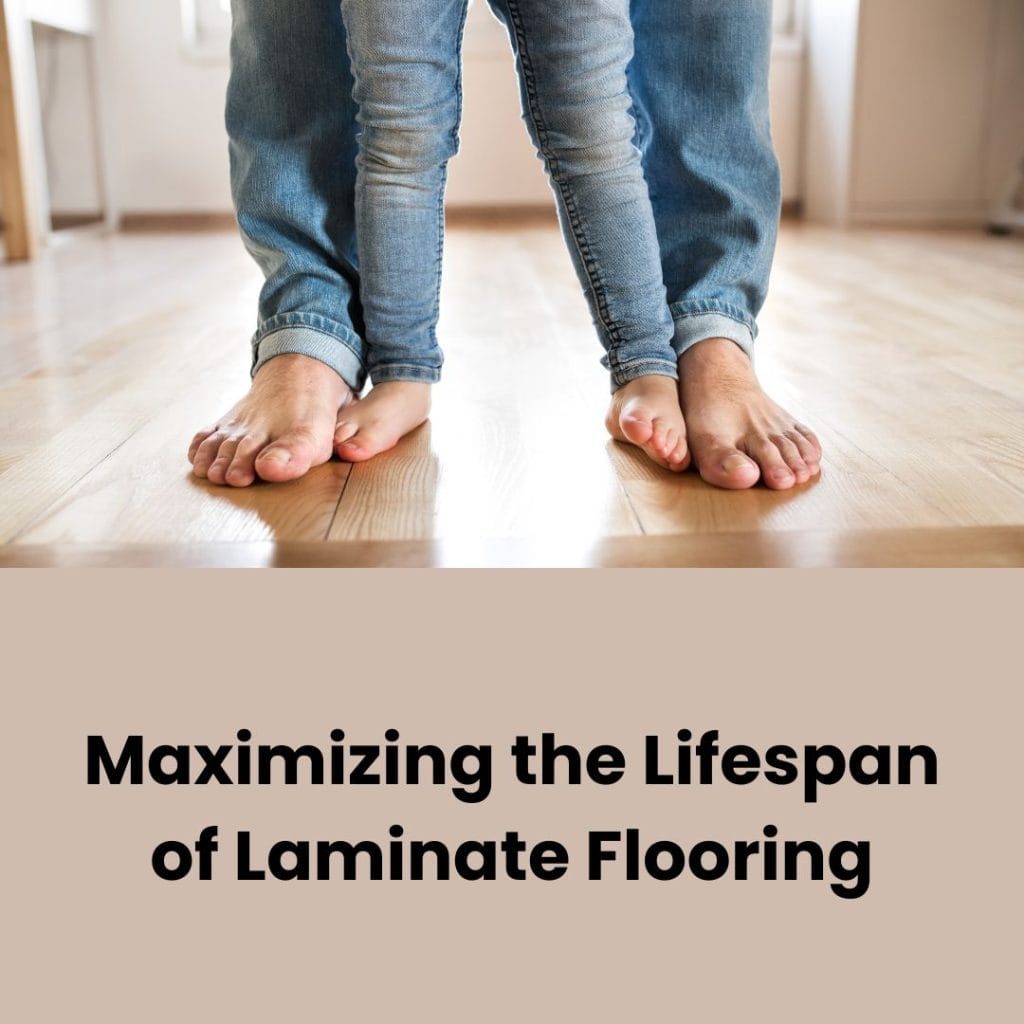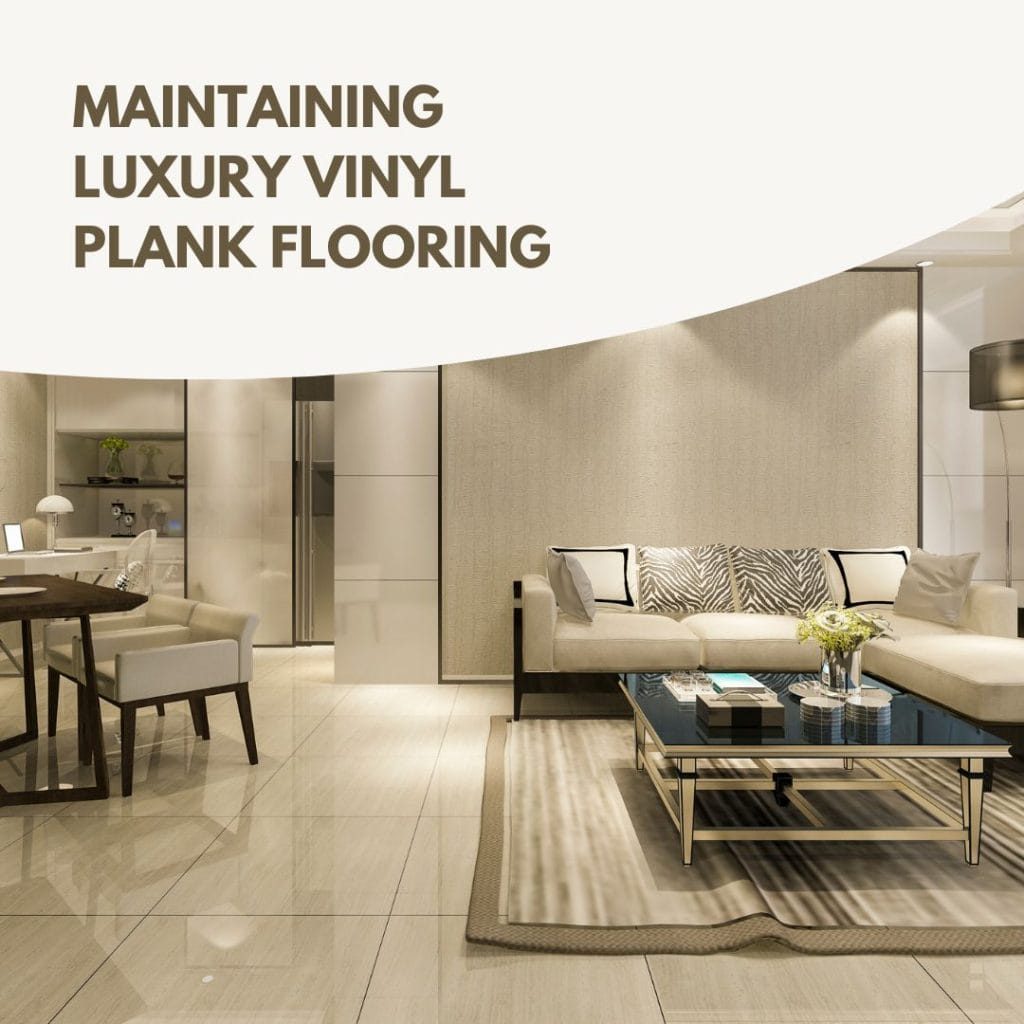When envisioning a modern conservatory, we often think of its vast glass walls, the abundance of natural light, and the seamless blend of indoor and outdoor spaces. However, one element that significantly impacts the aesthetics, comfort, and functionality of these sun-drenched rooms is often overlooked: the flooring. The right flooring can transform a conservatory from a mere extension of your home into a centerpiece of style and relaxation.
Whether you’re renovating an existing conservatory or dreaming up a new one, join us as we uncover the flooring options that will set the foundation for your sunlit sanctuary. Get ready to be inspired by innovative ideas that promise to elevate the beauty and functionality of your modern conservatory.
Understanding Conservatory Flooring Basics: Navigating Unique Requirements and Key Factors
Creating the perfect conservatory goes beyond just aesthetics and design; it requires a careful consideration of functional elements, particularly flooring. The flooring of a conservatory plays a pivotal role in not only defining its look and feel but also in ensuring its longevity and usability. In this article, we delve into the unique requirements of conservatory flooring and explore the critical factors to consider when making your choice.
Unique Requirements of Conservatory Flooring:
- Adaptability to Temperature Changes: Conservatories are exposed to varying temperatures throughout the year. In summer, they can become quite warm, while in winter, they can be chilly. The flooring material should be able to withstand these temperature fluctuations without warping, cracking, or becoming uncomfortable underfoot.
- Moisture Resistance: Given their close proximity to the outdoors, conservatories can experience higher moisture levels, especially during rainy seasons or in humid climates. Flooring materials need to be resistant to moisture to prevent mold, mildew, and deterioration.
- Sunlight Exposure: Conservatories receive a significant amount of sunlight. Therefore, flooring materials must be resistant to UV rays to prevent fading and sun damage over time.
- Comfort and Insulation: The floor of a conservatory should be comfortable to walk on, even barefoot, and offer some degree of insulation, keeping the space warm in winter and cool in summer.
Factors to Consider When Choosing Conservatory Flooring:
- Material Durability and Maintenance: When selecting a flooring material, consider its durability and the level of maintenance it requires. Some materials may need regular sealing or treatment, while others are more low-maintenance.
- Style and Aesthetics: The flooring should complement the overall style of your conservatory and home. Whether you prefer a modern, sleek look or a more traditional, rustic appearance, there are flooring options to suit every taste.
- Budget Considerations: Flooring materials come in a range of prices. It’s important to choose a material that fits your budget but also offers the best value in terms of durability and maintenance needs.
- Environmental Impact: For those concerned about sustainability, consider eco-friendly flooring options like bamboo or recycled materials. These options can offer both style and a reduced environmental footprint.
- Installation Requirements: Some flooring types may require professional installation, while others are more DIY-friendly. Consider the installation process and whether it aligns with your skills and budget.
- Safety and Slip Resistance: Safety is paramount, especially in a space that may be accessed by children or the elderly. Opt for flooring materials that provide good grip and slip resistance.
Flooring Materials for Conservatories: From Traditional to Modern and Eco-Friendly Options
When it comes to designing a conservatory, selecting the right flooring is a decision that can significantly impact both the aesthetics and functionality of this unique space. From traditional materials like wood and tile to modern options such as composites and polished concrete, and even eco-friendly choices like cork and bamboo, there’s a wide range of flooring materials to consider. This article explores these options, discussing their types, benefits, maintenance, and more, to help you make an informed decision for your conservatory.
Traditional Flooring Options:
Wood:
- Types: Hardwood, engineered wood, and reclaimed wood are popular choices for conservatories.
- Benefits: Wood flooring adds warmth and a natural aesthetic. It’s durable and can be refinished.
- Maintenance: Regular cleaning, occasional refinishing, and the use of mats to prevent direct sunlight damage are recommended.
Tile:
- Varieties: Ceramic, porcelain, and natural stone tiles are commonly used in conservatories.
- Advantages: Tiles are moisture-resistant, durable, and available in various designs.
- Installation Tips: Ensure a level subfloor, use quality adhesive, and consider hiring a professional for a flawless finish.
Modern and Innovative Materials:
Composite Materials:
- Features: Composites, like vinyl and laminate, are man-made materials that mimic natural flooring.
- Benefits: They are moisture-resistant, easy to clean, and often more affordable than natural materials.
Polished Concrete:
- Aesthetic Appeal: Offers a sleek, modern look with various color and texture options.
- Longevity: Extremely durable and low-maintenance, it’s a great long-term investment for conservatories.
Eco-friendly and Sustainable Options:
Cork:
- Environmental Impact: Harvested from the bark of cork oak trees without harming the tree, making it a sustainable choice.
- Suitability: Cork is warm underfoot, provides natural insulation, and is sound-absorbent, making it ideal for conservatories.
Bamboo:
- Environmental Impact: Bamboo is a fast-growing, renewable resource.
- Suitability: It’s durable, moisture-resistant, and offers a unique, elegant aesthetic similar to hardwood.
Designing with Style and Functionality: Flooring Ideas for Every Conservatory
The perfect conservatory is a blend of style and functionality, a space where aesthetic appeal meets practicality. One of the key elements in achieving this harmony is the flooring. It sets the tone for the room and influences the overall ambiance. In this article, we explore how to match flooring with different conservatory styles such as Victorian, lean-to, and P-shaped conservatories, offer creative design ideas for flooring patterns and layouts, and delve into the impact of color schemes on conservatory ambiance.
Matching Flooring with Conservatory Styles:
Victorian Conservatories:
- Ideal Flooring: Elegant tile or classic wood flooring can complement the ornate and historical nature of Victorian conservatories.
- Design Tip: Consider incorporating intricate tile patterns or parquet wood flooring to enhance the period charm.
Lean-to Conservatories:
- Ideal Flooring: For these modern and minimalist spaces, polished concrete or sleek composite materials work well.
- Design Tip: Use large-format tiles or continuous concrete flooring to accentuate the clean lines and simplicity of the structure.
P-shaped Conservatories:
- Ideal Flooring: A combination of materials, like wood in the dining area and tiles in the garden-facing part, can define different zones.
- Design Tip: Use different textures or colors in flooring to visually separate the distinct areas within the P-shaped conservatory.
Creative Design Ideas for Flooring Patterns and Layouts:
- Geometric Patterns: Incorporate geometric tile patterns to create a focal point and add visual interest.
- Mixed Materials: Combine different flooring materials, like wood and tile, to create unique designs and divide the space into functional areas.
- Herringbone or Chevron Layouts: These classic layouts in wood or tile can add a touch of elegance and visual depth to the conservatory.
- Borders and Accents: Use contrasting colors or materials to create borders or accent areas, highlighting architectural features or furniture.
Color Schemes and Their Impact on Conservatory Ambiance:
- Light and Neutral Tones: Pale or neutral flooring can make the conservatory feel more spacious and bright, perfect for a relaxing atmosphere.
- Dark and Rich Tones: Darker flooring can add warmth and coziness, ideal for creating an intimate setting.
- Colorful and Patterned Flooring: Use vibrant colors or patterns for a playful and energetic vibe, or to complement a specific design theme.
- Harmonizing with Nature: Choose flooring colors that harmonize with the outdoor views for a seamless transition between indoor and outdoor spaces.
Flooring Installation and Maintenance in Conservatories: DIY vs. Professional and Long-Term Care Tips
The installation and maintenance of flooring in a conservatory are crucial steps that determine not only its immediate appearance but also its longevity and durability. Homeowners often grapple with the decision between DIY and professional installation. In this article, we’ll explore the pros and cons of both approaches, and provide long-term care and maintenance tips for various flooring types, ensuring that your conservatory remains a beautiful and functional space for years to come.
DIY vs. Professional Installation:
DIY Installation:
Pros:
- Cost-Effective: Typically more affordable as it eliminates labor costs.
- Personal Satisfaction: Offers a sense of accomplishment and allows for complete control over the project.
Cons:
- Skill Level: Requires a certain level of skill and understanding of flooring materials.
- Risk of Errors: Mistakes can be costly and may result in needing professional intervention anyway.
Professional Installation:
Pros:
- Expertise: Professionals bring experience and knowledge, ensuring a high-quality finish.
- Time-Efficiency: Faster installation due to expertise and specialized tools.
Cons:
- Cost: Generally more expensive due to labor costs.
- Scheduling: Requires working around the contractor’s schedule.
Long-term Care and Maintenance Tips for Different Flooring Types:
Wood Flooring:
- Regularly sweep or vacuum to remove dirt and grit that can scratch the surface.
- Use wood-specific cleaners and periodically reseal or refinish the floor to protect against wear and moisture.
Tile Flooring:
- Clean spills promptly to prevent staining.
- Regular cleaning with a mild detergent is usually sufficient; avoid abrasive cleaners.
Composite Flooring:
- Easy to maintain; regular sweeping and occasional mopping with mild soap are sufficient.
- Avoid harsh chemicals which can damage the surface.
Polished Concrete:
- Regular dust mopping and occasional wet mopping with a pH-neutral cleaner are recommended.
- Apply sealers or wax as needed to maintain the shine and protect the surface.
Cork Flooring:
- Keep out of direct sunlight to prevent fading.
- Clean with a damp mop and avoid excessive water to prevent swelling.
Bamboo Flooring:
- Sweep or vacuum regularly to remove debris.
- Clean with a non-wax, non-alkaline, hardwood or bamboo floor cleanser.
Future Trends and Innovations in Conservatory Flooring: Embracing the New Era
The world of conservatory flooring is continuously evolving, with emerging materials and technologies shaping the future of design. As we look forward to the trends and innovations poised to redefine conservatory spaces, it becomes evident that the future holds exciting possibilities. This article explores the cutting-edge materials and technologies emerging in conservatory flooring, along with predictions for future design trends that are set to captivate homeowners and designers alike.
Emerging Materials and Technologies:
- Smart Flooring: Advancements in technology are leading to the development of ‘smart’ flooring options that can adapt to environmental conditions. Imagine flooring that can regulate its temperature based on the weather, providing warmth in winter and coolness in summer.
- Sustainable Materials: The push towards sustainability is driving the creation of eco-friendly flooring materials. Recycled plastics, glass, and other sustainable composites are being explored for their durability and environmental footprint.
- 3D Printed Flooring: 3D printing technology is beginning to make its mark in the flooring industry, offering custom designs and patterns that can be tailored to individual preferences and conservatory styles.
- High-Performance Ceramics: New forms of ceramic tiles are being developed with enhanced properties such as increased durability, slip resistance, and even antibacterial surfaces for a healthier living environment.
Predictions for Future Design Trends:
- Personalization and Customization: With technologies like 3D printing, future conservatory flooring will likely focus on personalization, where homeowners can choose or design their unique patterns and styles.
- Eco-Chic Design: As environmental concerns continue to grow, eco-friendly materials will not only be sought for their sustainability but also for their aesthetic appeal, leading to a trend of ‘eco-chic’ conservatory designs.
- Interactive Flooring: We may see the rise of interactive floors that respond to movement or touch, incorporating elements of light or sound to create an immersive experience in the conservatory.
- Blend of Indoor and Outdoor Elements: A growing trend is the seamless blending of indoor and outdoor spaces. Flooring materials that work well both inside and outside the conservatory will become increasingly popular, creating a fluid transition between the home and garden.
- Health-Focused Materials: With a growing focus on wellness, materials that contribute to a healthier living space, such as those with antimicrobial properties or that contribute to better indoor air quality, will become more prevalent.
Conclusion:
Your conservatory’s flooring is the foundation upon which all other elements come together, creating a harmonious and inviting retreat that connects you with the outdoors while providing the comfort and warmth of your home. By carefully considering your options and staying informed about the latest trends, you can create a conservatory that is not only a testament to your taste but also a reflection of the evolving world of interior design.

